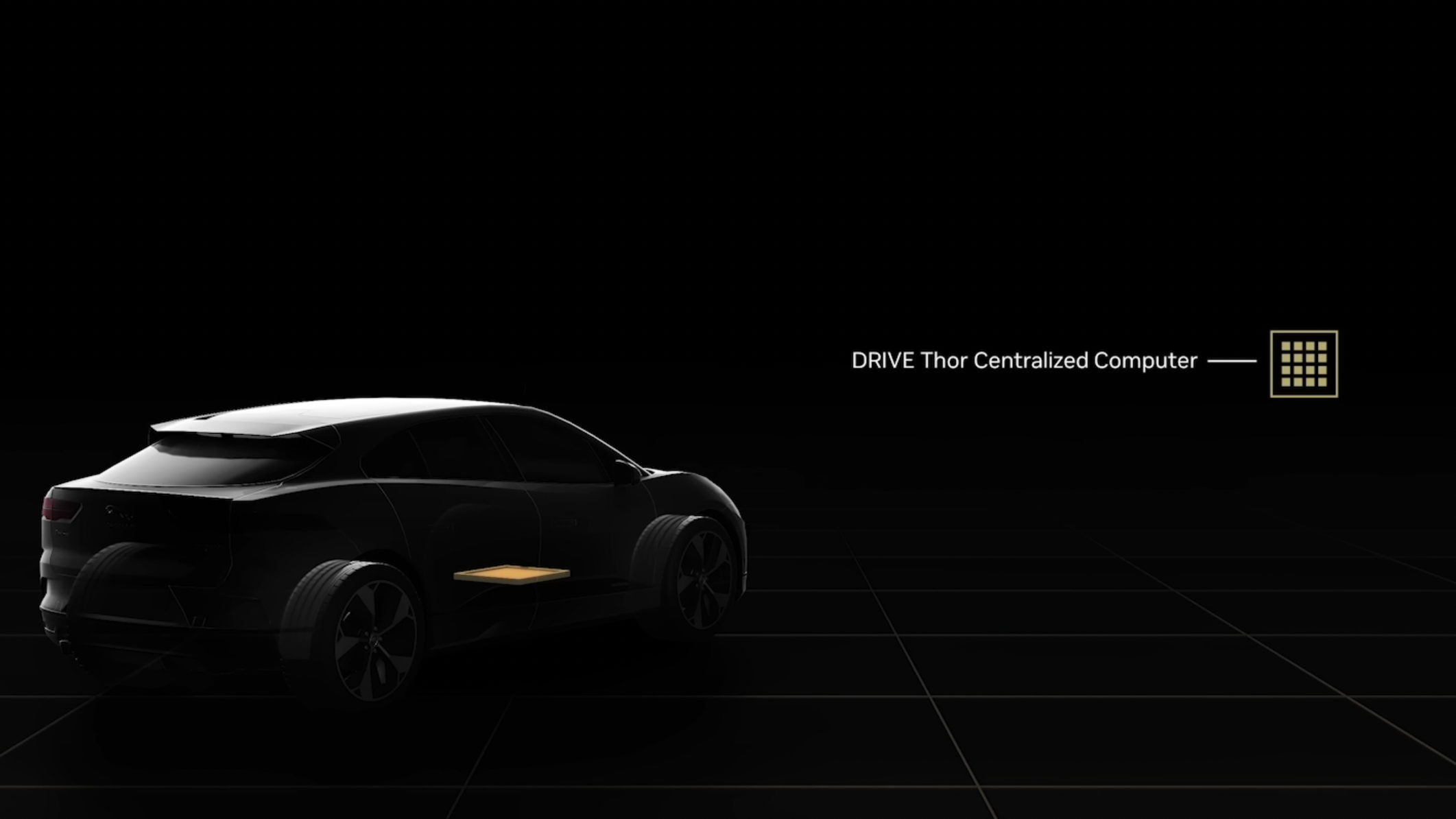In recent times, “cabin-drive integration” has increasingly become a buzzword in the smart car industry, which is closely related to the product releases of two chip companies: NVIDIA and Black Sesame.
First, let’s look at the tech giant NVIDIA.
On September 20, 2022, NVIDIA’s founder and CEO Jensen Huang unveiled the DRIVE Thor chip, featuring up to 2000 TOPS in computing power. The distinguishing feature of this chip is that it can simultaneously perform functions like autonomous driving, driver assistance, parking, driver and passenger monitoring, digital dashboard, and in-car infotainment, all based on a single SoC (System on Chip).
Huang even described the DRIVE Thor as “born for the central computing architecture of cars.”
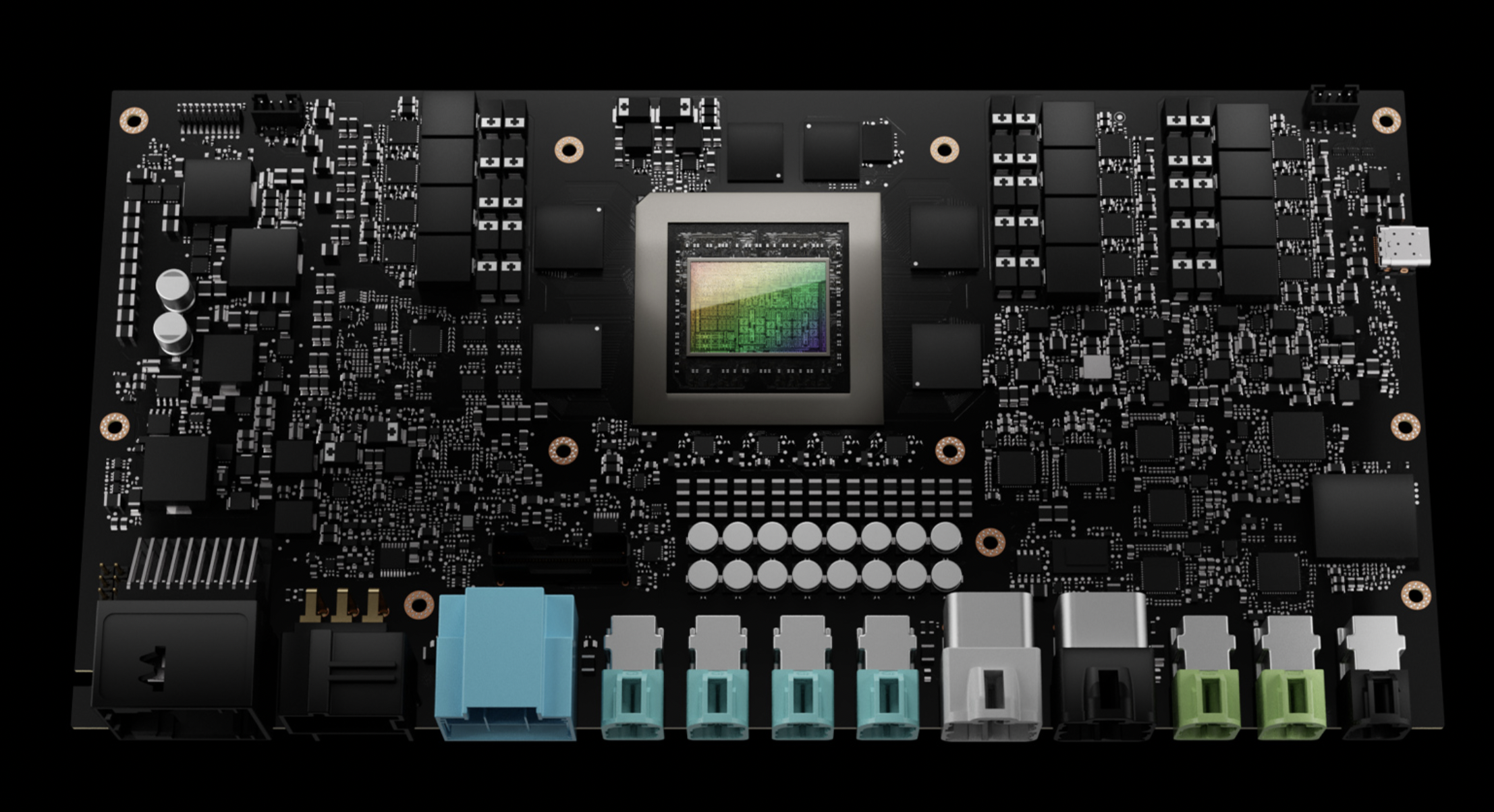
Compared to that, Black Sesame, a chip startup, didn’t make such a bold claim. At its strategic release conference on April 7, 2023, the latest chip product C1200 was defined as an “intelligent car cross-domain computing chip platform.” By emphasizing cross-domain computing, the chip equally aims at “cabin-drive integration.”
However, another key aspect of this chip is its cost-performance ratio.
From Autonomous Driving to Cross-domain Computing
For Black Sesame, the C1200 product transcends a mere “cross-domain computing” chip.
After all, over the years since its inception, Black Sesame has been focusing on the autonomous driving field, having launched the Huashan series of chips, particularly the Huashan No. 2 A1000, which already supports the latest BEV algorithms, meeting the requirements of L3 and lower-level autonomous driving scenarios and achieving commercial implementation.
Moreover, the next-generation A2000 chip is also actively under development. In short, Black Sesame has made significant achievements in the autonomous driving space and continues to explore further.
Under these circumstances, the release of C1200 actually marks a significant strategic transformation for Black Sesame.
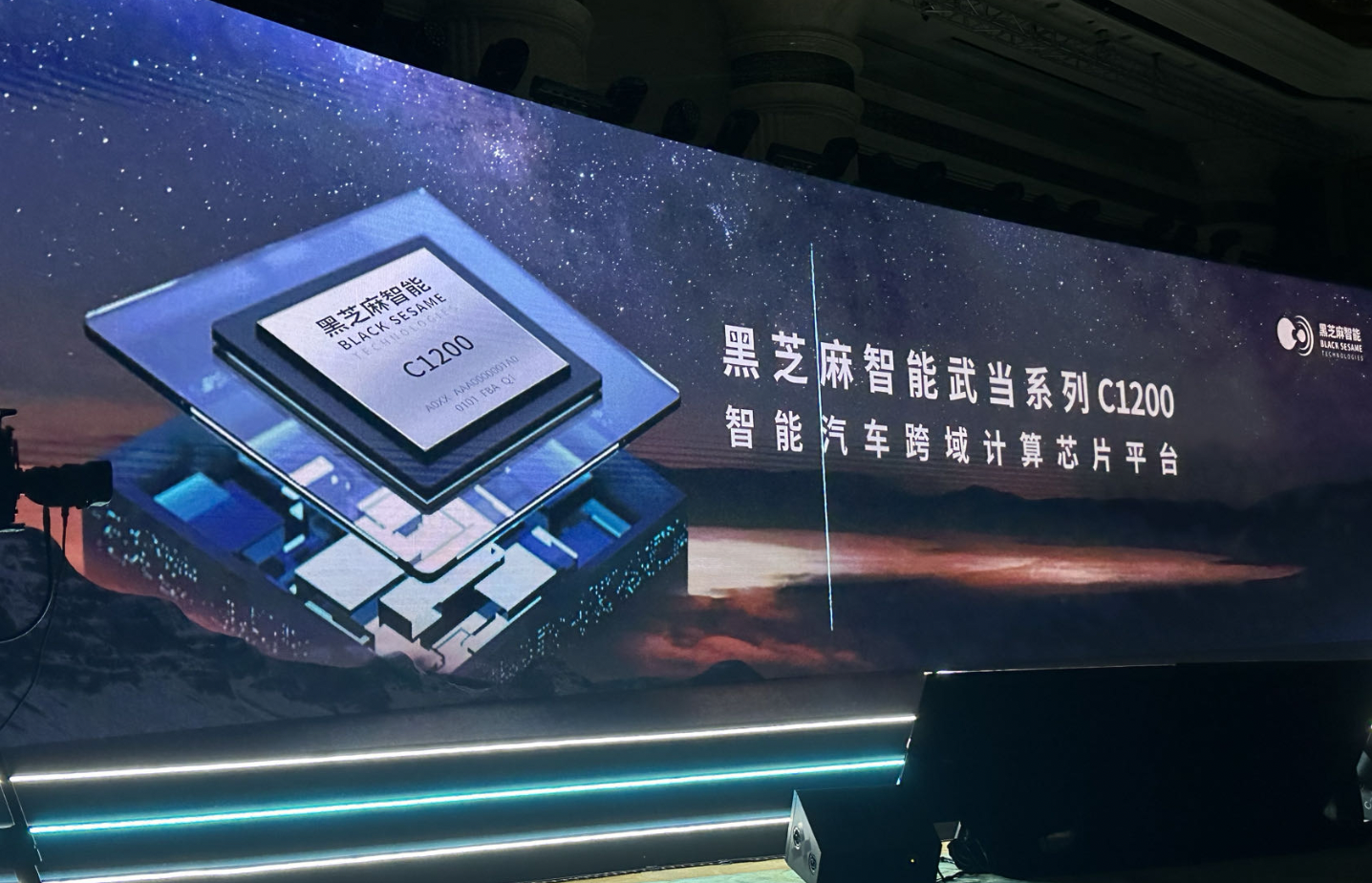 According to the three-step intelligent strategy plan announced by Hei Zhi Ma’s founder and CEO Dan Jizhang, after achieving product commercialization in the autonomous driving field, the company will move on to “Step Two” – expanding the product line to cover more computing nodes within the vehicle based on the development trend of automotive electronic and electrical architecture, forming a multi-product line combination.
According to the three-step intelligent strategy plan announced by Hei Zhi Ma’s founder and CEO Dan Jizhang, after achieving product commercialization in the autonomous driving field, the company will move on to “Step Two” – expanding the product line to cover more computing nodes within the vehicle based on the development trend of automotive electronic and electrical architecture, forming a multi-product line combination.
Of course, the broader context for Hei Zhi Ma’s “Step Two” is that with the development of intelligent connected technologies, automotive electronic and electrical architecture is moving from a distributed architecture to a domain control architecture, and showing a trend toward a more integrated central computing architecture.
In this context, Hei Zhi Ma has even upgraded its company’s positioning from “autonomous driving computing chip leader” to “intelligent automotive computing chip leader.”
Accompanying this positioning adjustment, Hei Zhi Ma released a product series called “Wudang,” which it claims to be the “world’s first intelligent automotive cross-domain computing chip platform.” According to the official statement, the Wudang series is designed for cross-domain computing scenarios, covering multiple internal domains such as the cabin and smart driving within intelligent vehicles, and is capable of multi-domain integration.
The first chip product in the Wudang series is the C1200. Let’s look at some key parameters of this chip:
- Based on 7nm process technology;
- Adopting Arm’s latest automotive-grade CPU core A78AE (performance of 150K DMIPS) and automotive-grade GPU core G78AE;
- Proprietary DynamAI NN automotive-grade low-power neural network acceleration engine, supporting NOA scenarios;
- Built-in Audio DSP module and next-generation proprietary NeuralIQ ISP module capable of processing 1.5G pixels per second online;
- Providing 32K DIPMS MCU computing power;
- Capable of processing more than 12 channels of HD camera input simultaneously, supporting high-speed MIPI;
- Supporting multi-channel CAN data access and forwarding, Ethernet interfaces, multi-screen output, multi-channel 4K capabilities; supporting dual-channel LPDDR5 memory particles to meet cross-domain integration bandwidth needs;
- Supporting ASIL-D level Safety Island and national cryptography level two and EVITA full Security modules, meeting the highest automotive safety grade reliability requirements.
It is worth noting that the C1200 features hardware-isolated independent computing subsystems, independent rendering, and independent display, meeting the high security and fast startup requirements of instrument control screens. This subsystem can also be flexibly applied to autonomous driving, HUD head-up display, and other computing scenarios requiring independent systems.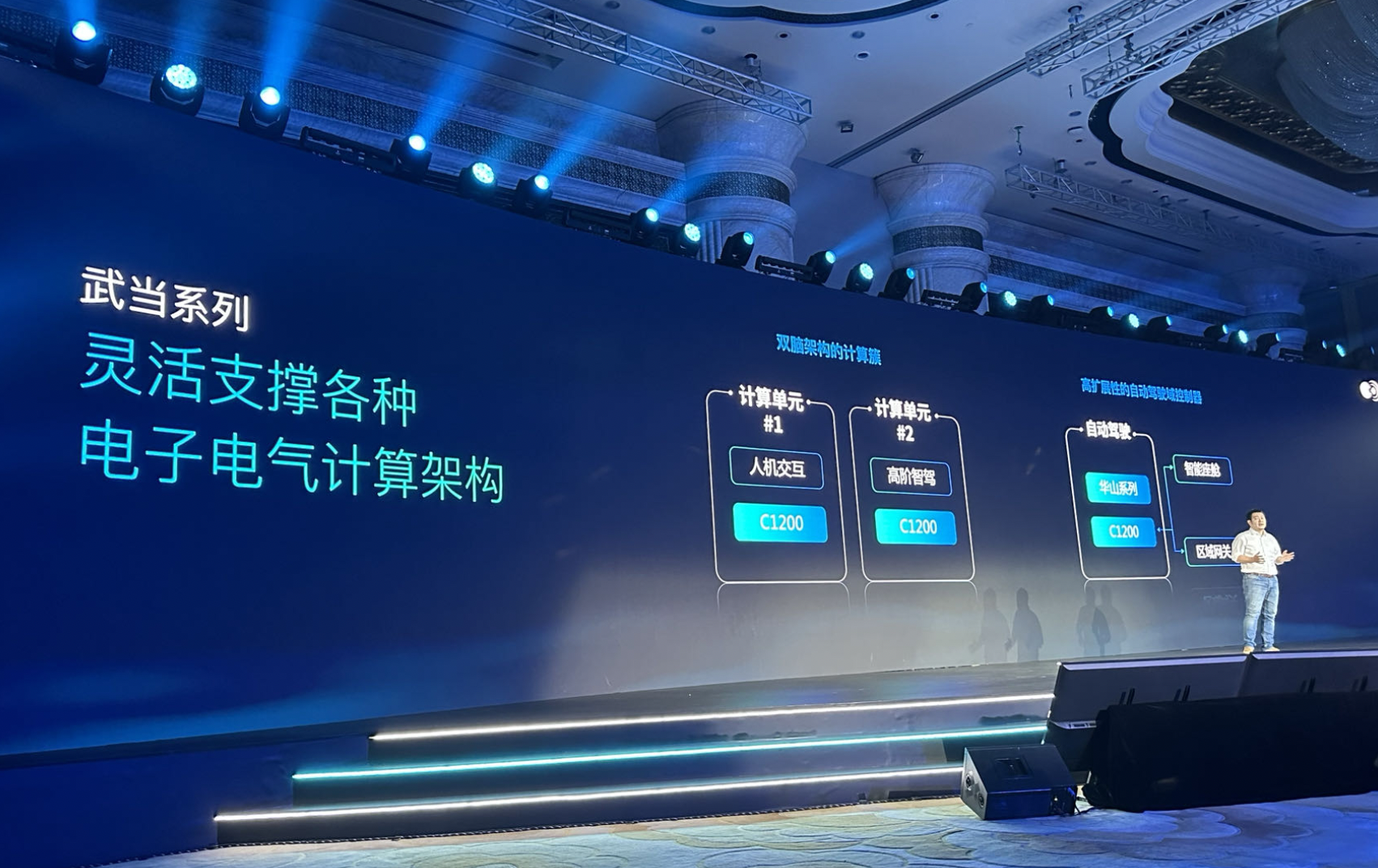
According to Black Sesame’s official statement, the C1200 can flexibly support various architectural combinations in the industry’s present and future, with a single chip satisfying cross-domain computing scenarios, including CMS (electronic rearview mirror) systems, integrated parking, vehicle computing, infotainment systems, intelligent headlights, and cabin perception systems. Furthermore, Black Sesame expects to provide sample chips to OEMs and Tier 1 partners by 2023.
Thus, Black Sesame and NVIDIA have become the two players in the industry who have explicitly adopted a single-chip solution for “cabin-driving integration” and released products.
Cabin-driving integration, targeting 2025
Of course, it’s not just NVIDIA and Black Sesame who hope to achieve “cabin-driving integration” with a single chip.
42HOW noticed that before the release of the C1200 chip, Black Sesame’s chip products participated in another company’s “cabin-driving integration” strategy in March – specifically, Ecarx launched a “car brain” series central computing platform at the Technology Ecology Day, which adopted Black Sesame’s A1000 chip at the intelligent driving level.
It is worth noting that the car brain released by Ecarx integrates a “Longying No.1” smart cockpit chip from Core Engine Technology and a smart driving chip from Black Sesame, aiming to bring competitive cabin-driving integration capabilities – essentially, this is a “cabin-driving integration” solution with a dual-chip integration.
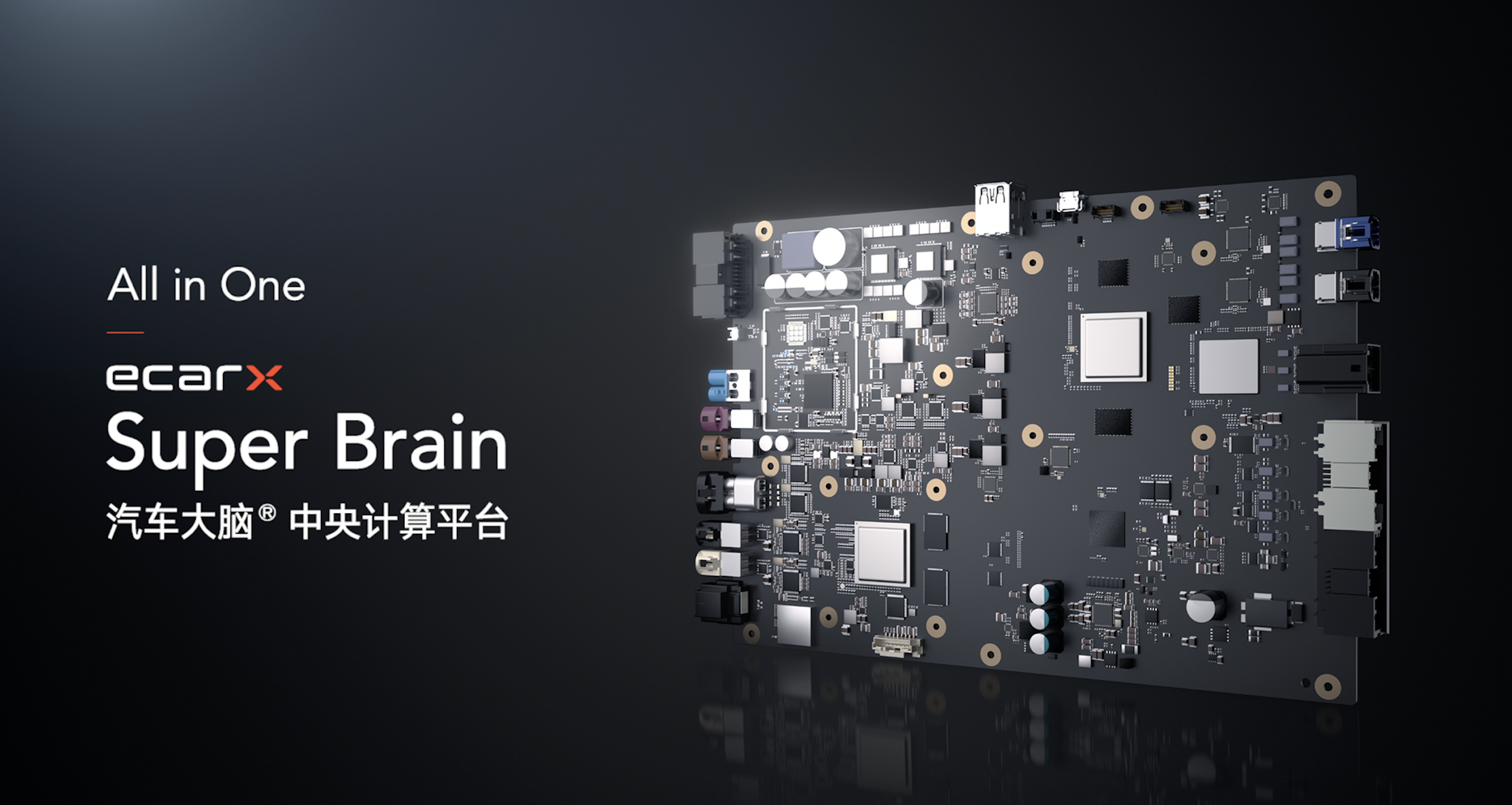
However, regarding the future of “cabin-driving integration,” Shen Ziyu, Chairman and CEO of Ecarx (also Chairman of Core Engine Technology), believes that a single-chip solution is the best approach. In an interview with 42HOW, he said:
The current challenge in “cabin-driving integration” is that it is difficult for a single SoC to accommodate the needs of both intelligent cockpits and intelligent driving. NVIDIA’s launched DRIVE Thor is in the right direction but has not yet been adopted in a vehicle. The industry’s future trend is to have a system-level SoC that integrates different capabilities using the same I/O and virtualization to reduce costs.According to Garage 42, Core Engine Technology is also developing its own autonomous driving chip, and providing computational support for intelligent cabins and intelligent driving through a single SoC chip is precisely the direction that Ecar X and Core Engine Technology are striving for.
Not only that, at the 2023 China Electric Vehicle Summit, Horizon President Chen Liming said in an interview that the entire electronic and electrical architecture is evolving from distributed to domain control and finally to the central controller. Therefore, everyone hopes to achieve more functions in one controller, rather than multiple controllers.
Chen Liming also mentioned that consolidating different domain chips into one large chip is an inevitable trend in the industry.
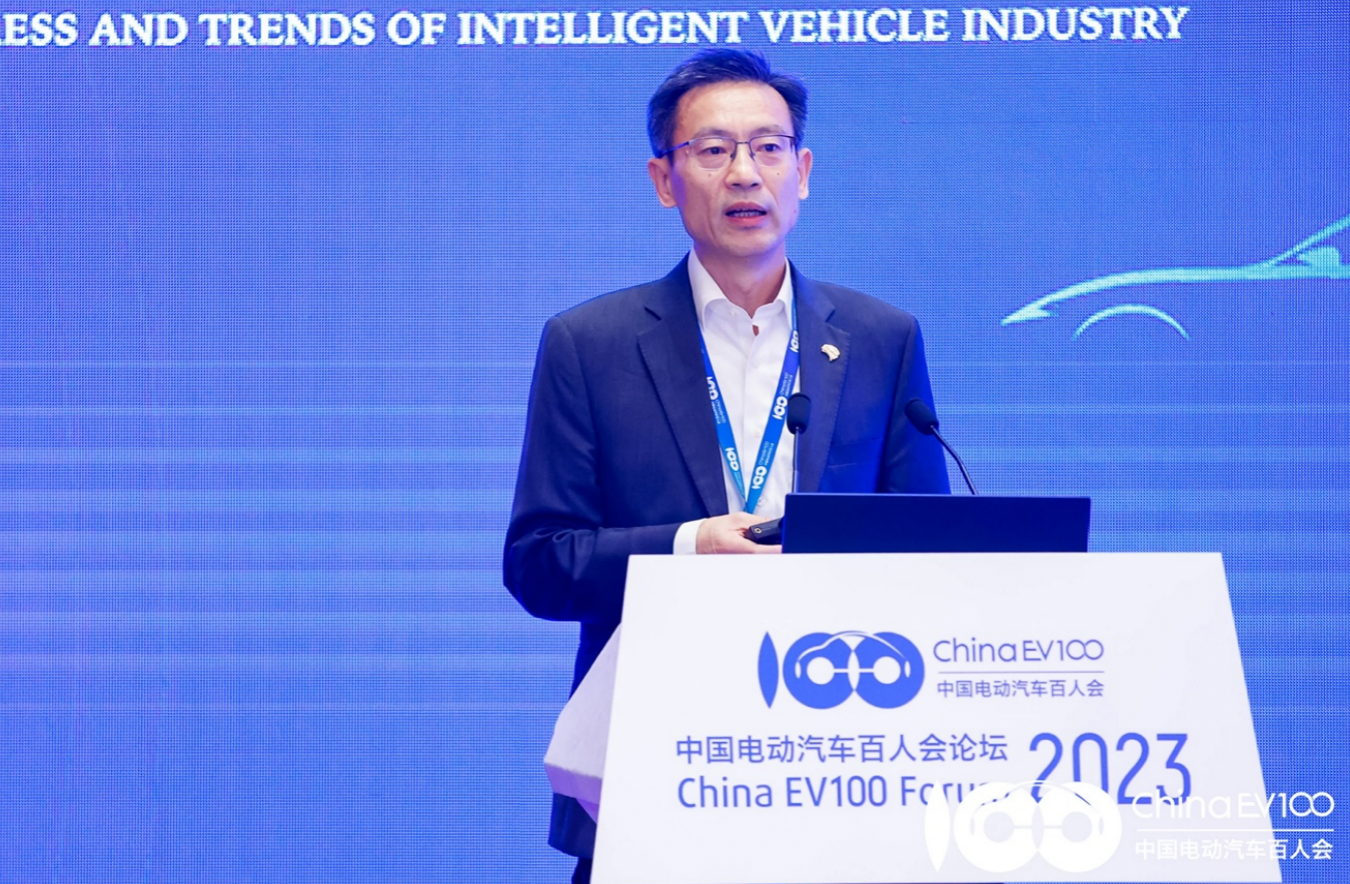
As seen, chip companies have long reached a consensus on the concept of “cabin-driving integration.”
In fact, their consensus is not only on the overall trend of “cabin-driving integration,” but also on the specific implementation timeline – specifically, 2025.
NVIDIA previously announced during the release of the DRIVE Thor chip that it would be mass-produced in 2024. GK Auto will be the first announced partner to use this chip, also in 2025.
At the 2023 China Electric Vehicle Summit, Black Sesame CMO Yang Yuxin told Garage 42 that he expects the mass production of “cabin-driving integration” to happen in 2025.
Additionally, it’s worth noting that Horizon, another domestic autonomous driving chip company, announced in July last year a partnership with SAIC and Zero Beam Technology. The two stated that the domestically-produced “cabin-driving integration” computing platform is expected to be mass-produced by 2025.
However, regarding the implementation of “cabin-driving integrated” chips, a senior industry insider told Garage 42 that NVIDIA’s DRIVE Thor has indeed made a name for itself with its high performance. However, when considering “cabin-driving integration,” one should not only focus on “performance” but also pay more attention to “functionality”. This is because intelligent driving and intelligent cabins belong to different domains, and they have different requirements for safety, stability, and real-time performance.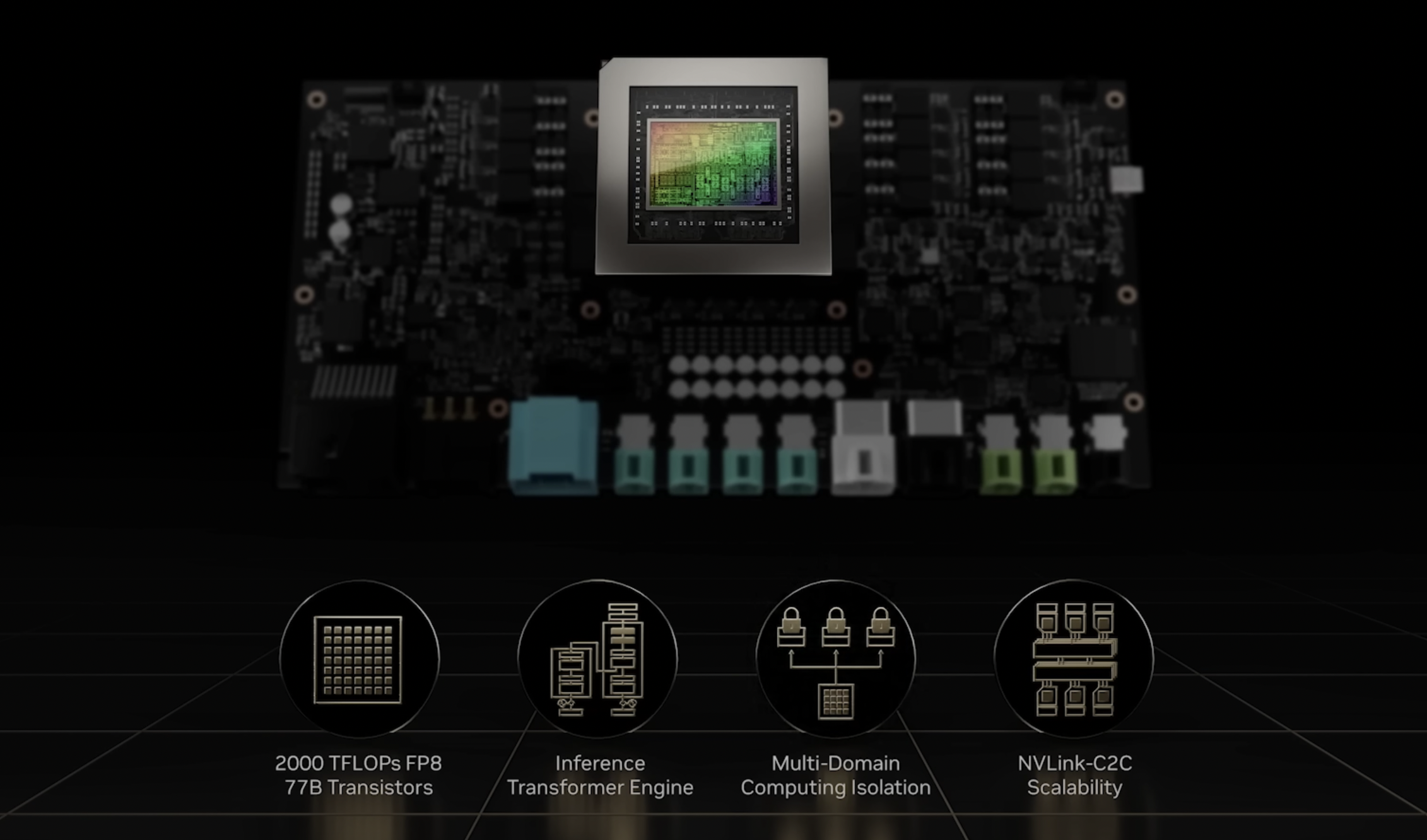
Therefore, to support different vehicle domains with a single chip, numerous technical challenges must be overcome.
Besides, “cabin-drive integration” chips require in-depth collaboration with vehicle manufacturers to be implemented; for manufacturers to achieve “cabin-drive integration,” they must reconfigure their vehicle’s electronic architecture, which means companies must embrace change at the software, hardware, talent, and organizational levels.
“This is actually even more challenging,” said an industry expert.
However, regarding the future development of “cabin-drive integration,” another industry expert told 42 Garage that “cabin-drive integration” should not be a goal but a process in which more integration between domains will continue to occur as the vehicle’s electronic architecture gradually moves towards centralized computing.
“Specifically, how many domains and how they will be bridged requires joint exploration between chip companies and vehicle manufacturers,” the industry expert added.
Cost, A Core Issue
Nevertheless, any high-tech product must face a core issue during the process of commercialization—cost.
This applies even to chips capable of achieving “cabin-drive integration.”
42 Garage noticed that “price-performance ratio” and “cost” were repeatedly emphasized at the Black Sesame conference. Ding Ding, vice president of Black Sesame Intelligent Products, said in an interview that the main dimensions the company considers when making chips are performance, power consumption, and cost—with cost being the top priority.
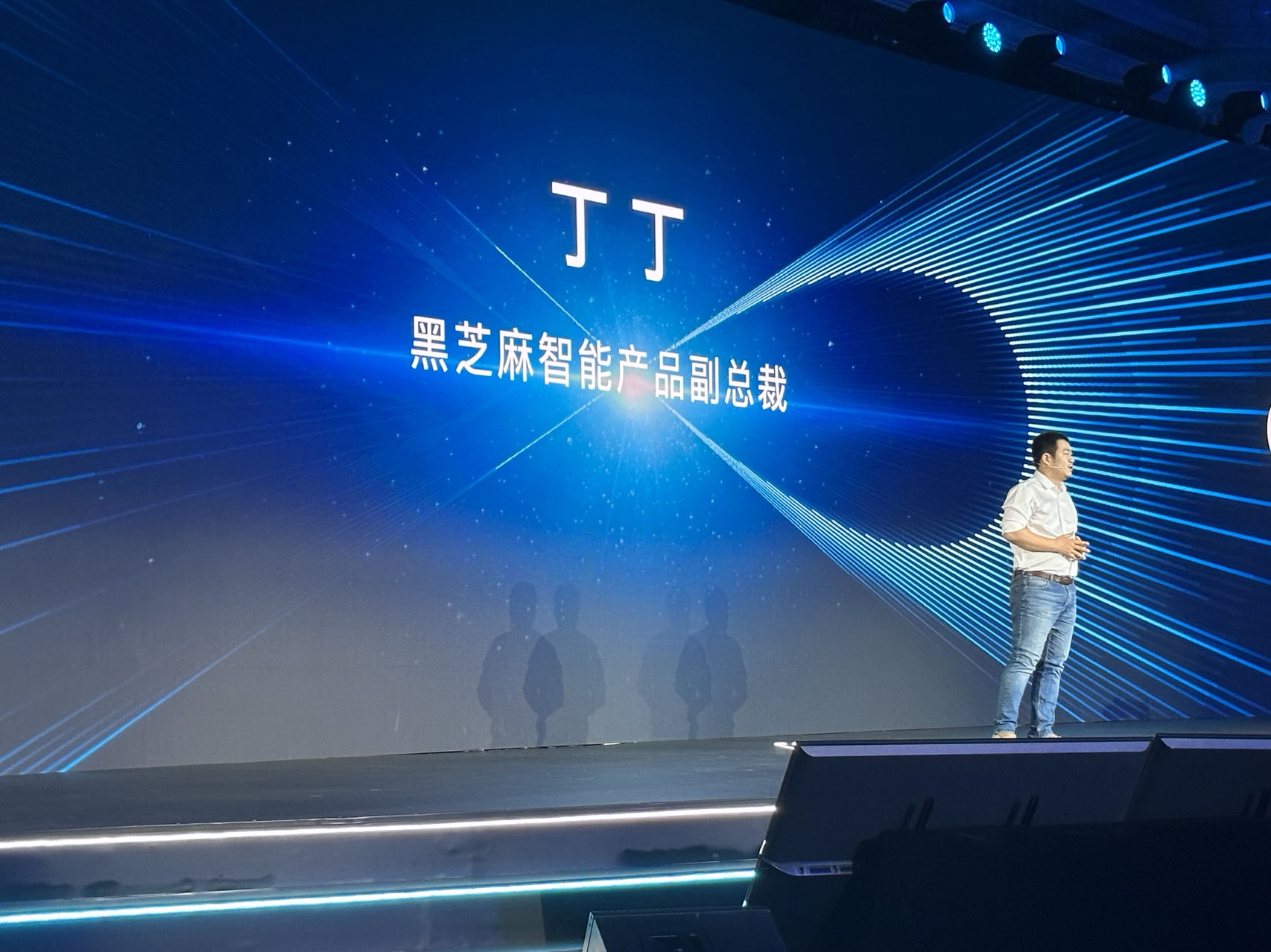
Coincidentally, Horizon President Chen Liming also mentioned in a public speech that aside from autonomous driving and intelligent cabins, the industry is also developing functions such as integrated parking and driving and integrated cabin and parking—some customers have such requirements. Returning to the essence of business means providing high-quality, cost-effective products.
Chen Liming stated that integrating multiple domain controllers would certainly lower their overall cost.So, why is cost such a concern for a single chip solution for “cockpit and driving integration”?
An analyst told Garage 42 that this is primarily determined by the strength and position of domestic chip companies. After all, Horizon and Black Sesame don’t have the capabilities and status of international giants such as NVIDIA and Qualcomm, so they can’t dictate what customers should do or have similar pricing power, making cost a more significant factor.
The second possible reason is that cost sensitivity has always been a prominent issue in the automotive industry, which is exacerbated when it comes to chip-level considerations.
An automotive industry insider told Garage 42 that the release of “cockpit and driving integration” chips is actually the result of different price segments of vehicles undergoing intelligent differentiation in their features.
He said that for vehicles priced above 300,000 yuan, high-end configurations will be required for both intelligent cockpit and intelligent driving, especially with regard to intelligent driving. Generally, intelligent cockpit and intelligent driving will demand dual chips, which also involves branding considerations. However, for vehicles priced under 300,000 yuan, particularly those in the mainstream 100,000 to 200,000 yuan segment, the demand for intelligent cockpits is mandatory, while the requirements for intelligent driving are not as stringent, such as automated parking and ACC lane-keeping. Higher-cost driver assistance functions like city NOA are not sought after, making the “cockpit and driving integration” approach more suitable.
For this reason, as Junte Intelligent Chief Architect Wang Haowei predicted, integrating cockpit and intelligent driving into a single SoC chip is undoubtedly a trend. However, driven by cost factors, this solution is more likely to emerge in mid-to-low-end vehicle models.
Hence, creating a “cockpit and driving integration” with a single chip while lacking strong branding is like walking a tightrope, balancing cost, performance, and results, a highly challenging balancing act.
Additionally, a context that must be considered is that automotive intelligence has become the standard configuration for mainstream market models.
According to data released by Zhang Yongwei, Vice Chairman and Secretary-General of the China EV100, the penetration rate of automotive intelligence in China exceeded 30% in the first half of 2022. He believes that intelligence has become the key factor determining automotive experience, with driver assistance, automated parking, and other technologies serving as consumer’s criteria for choosing a car. Meanwhile, intelligent cockpits will be standard in all vehicles, with enterprise differentiation being reflected in the level of the driving cabin.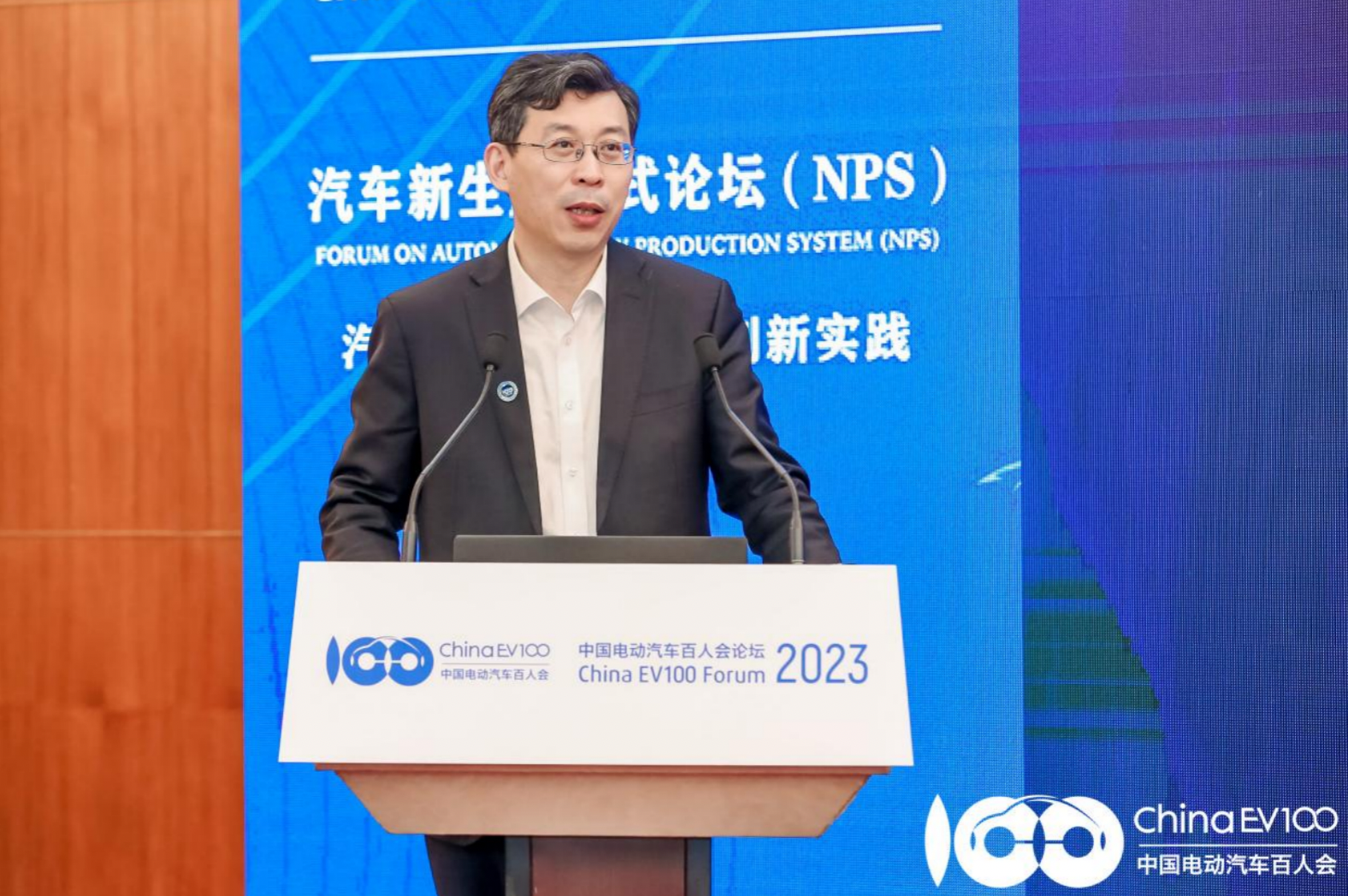
In this situation, for car manufacturers that want to sell within a price range of ¥100,000-¥200,000, “cockpit and driving fusion” becomes a necessary feature, but it must be cost-effective – so for non-mega-rich businesses, the “cockpit and driving fusion” chip must be controlled in terms of cost. This also allows it to sell with mainstream models, helping spread out the R&D costs for chip companies.
This is also a more rational and pragmatic approach for chip manufacturers.
It’s worth mentioning that the recent price war, which has been making waves in the automotive industry, inevitably affected chip companies as well.
Regarding the price war in recent months, Black Sesame CMO Yang Yuxin said that the current situation of car manufacturers is very competitive in terms of function, price, platform, channel, and even supply chain. Therefore, helping car manufacturers reduce costs has become an essential consideration when Black Sesame introduces new products.
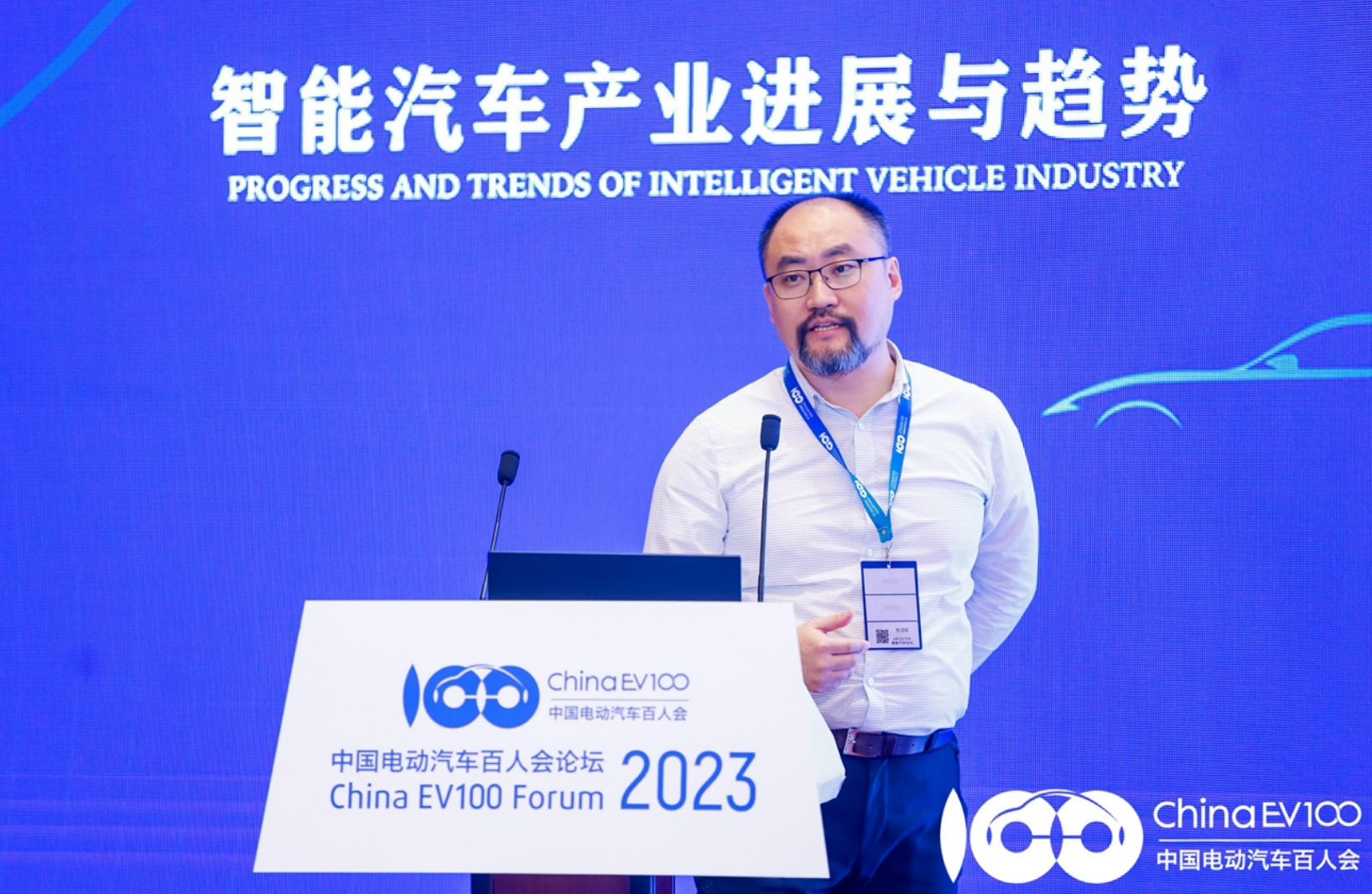
Horizon Robotics President Chen Liming also told 42 Garage during an interview that the automotive industry is highly competitive now, extending to fields like autonomous driving and chips. As a result, Horizon no longer solely focuses on high computing power in chip design and instead also considers cost-effectiveness.
In fact, even NVIDIA’s DRIVE Thor might face difficulties in implementation due to high costs.
A senior industry insider told 42 Garage that NVIDIA’s DRIVE Thor chip is more like creating an “elite” benchmark for “cockpit and driving fusion,” with a strong desire to amplify the brand appeal. It doesn’t seem to be geared towards large-scale production – simply put, its effectiveness in “cockpit and driving fusion” might not be outstanding, but its cost is definitely very high.
In partnering with NVIDIA, Jikeno Automotive is clearly pursuing the premium brand effect as well.
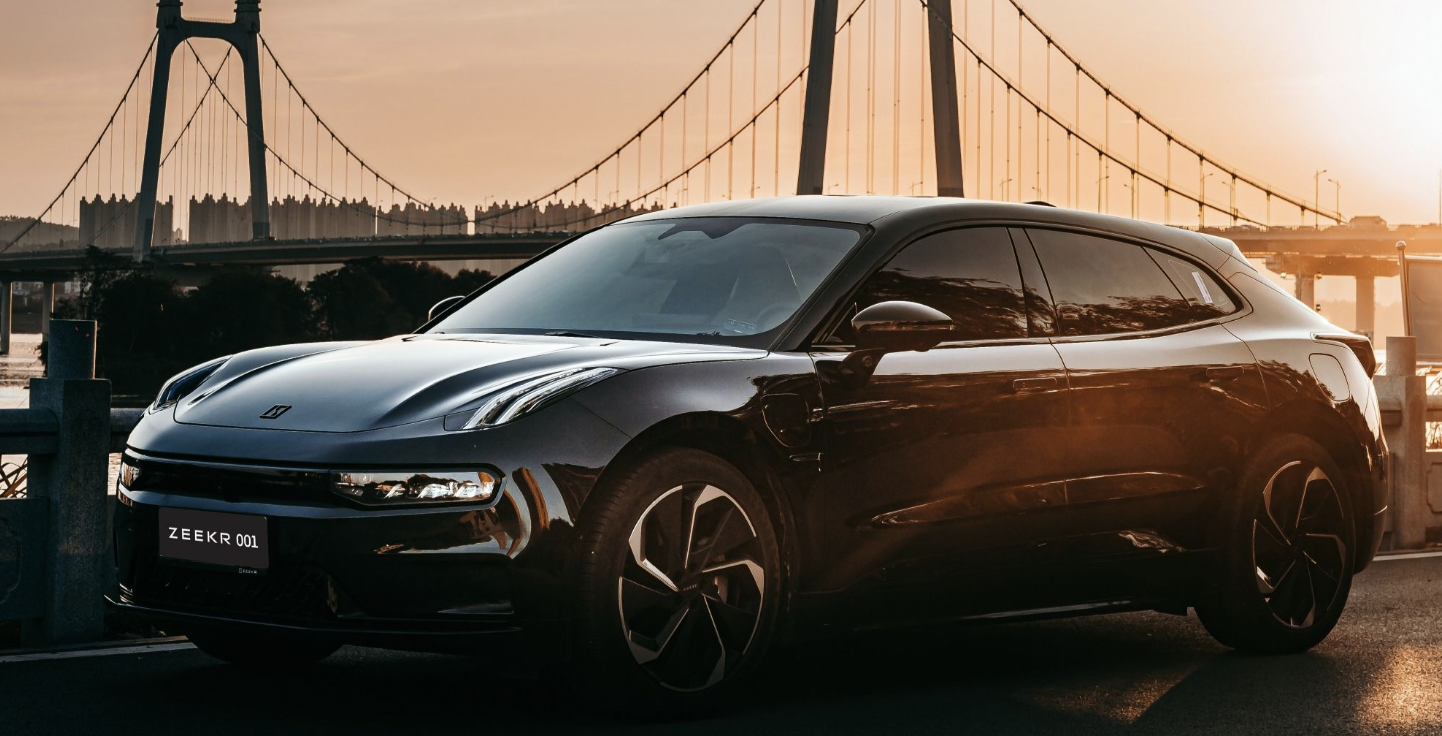 Thus, the industry insider suggests that for NVIDIA, DRIVE Thor is not merely a show of strength. After establishing it as a benchmark, NVIDIA can continue to sell relatively lower-cost “cabin-drive fusion” products to manufacturers, with no conflicts between the two.
Thus, the industry insider suggests that for NVIDIA, DRIVE Thor is not merely a show of strength. After establishing it as a benchmark, NVIDIA can continue to sell relatively lower-cost “cabin-drive fusion” products to manufacturers, with no conflicts between the two.
Furthermore, the crux of the matter is—having set a higher pricing anchor with DRIVE Thor, NVIDIA’s single-chip “cabin-drive fusion” products, which are relatively cheaper, will appear to be even more cost-effective.
This article is a translation by ChatGPT of a Chinese report from 42HOW. If you have any questions about it, please email bd@42how.com.
